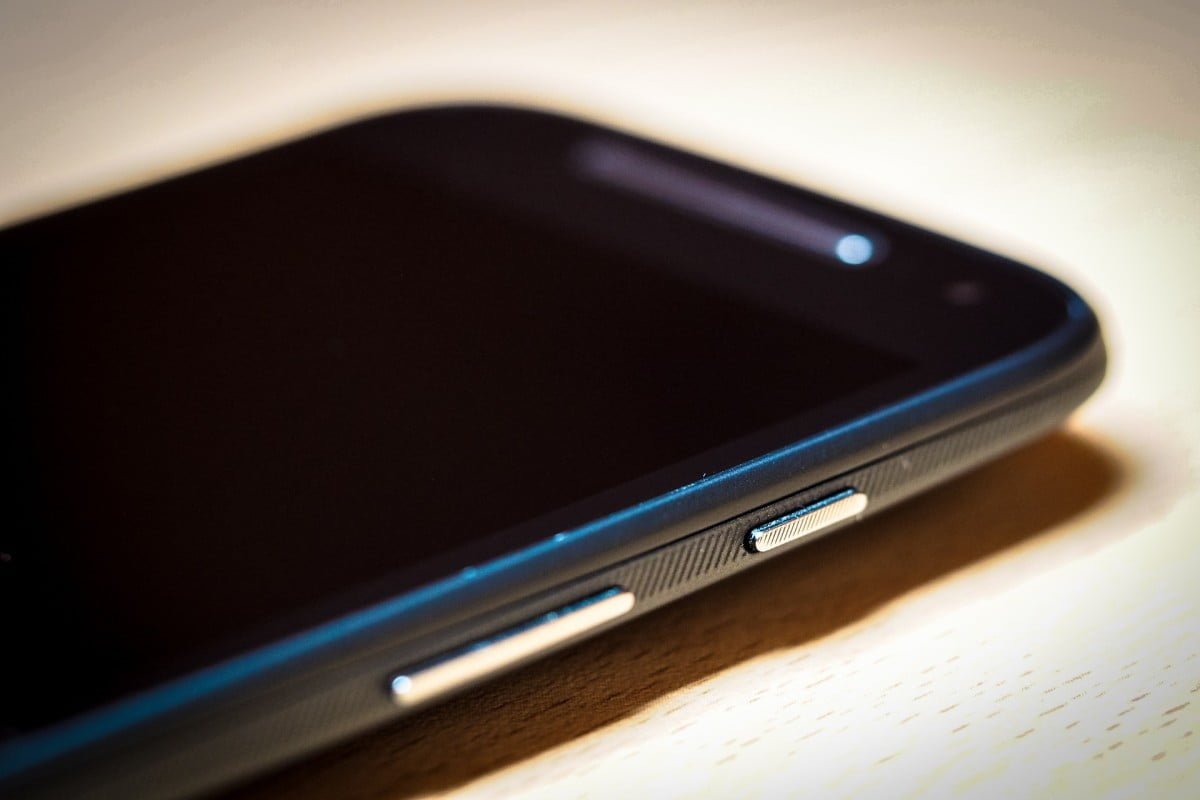
The smartphone vendors and manufacturers have increased the price of their 4G and 5G devices. They had to do so because of the rising cost of manufacturing new products. There’s a global shortage of chipsets for electronics. Further, the shipment costs have also risen since the time the coronavirus pandemic hit the world. Other components of smartphones, such as displays, have also become expensive.
Because the manufacturers of components and chips are concentrated in a few parts of the world, they are regulating the price as they want. India doesn’t have a local semiconductor manufacturing base, nor does it produce enough smartphone components to make a difference in the market.
Most of the companies which are manufacturing in India are mostly into assembling the gadgets. Apple, for example, brings components from outside and only assembles them in India.
While this is being looked at by the Indian government through the PLI (Production Linked Incentive) scheme worth $10 billion for the manufacturing of semiconductors and displays in the country, it will still take a long-time for India to stop being dependent on other nations for components and chipsets.
Because of this, in the short term, at least for 2022, smartphones are going to be more expensive than they ideally should be.
Realme Not Planning to Introduce Sub-Rs 10,000 5G Phone this Year
Realme, one of the major Chinese smartphone manufacturers, has no plans of introducing any affordable 5G phone under the Rs 10,000 bracket. This has been confirmed by the company CEO to ET.
There are many affordable options under Rs 10,000, but all of them are 4G phones. Since the launch of 5G is so near, a lot of users are hesitant to spend money on a 4G device. Even if it is in the budget category, users want to go for devices which are 5G supportive. This makes sense as well since they won’t want to upgrade from their recently bought devices to 5G phones just for the sake of 5G.
Telcos Find it Hard to Push Legacy Network Users to Shift to 4G/5G
Right now, it is just 4G in India. But very soon, it will be 5G as well. The telcos are already finding it hard to push legacy network users to start consuming 4G network services by first purchasing 4G devices. They won’t be able to do it for 5G either if the prices of the smartphones keep going up.
There’s no saying when this global chipset shortage will be over. But the thing is, since the prices are already up, there’s hardly any company that would want to lower the prices of smartphones in the future even when the manufacturing costs go down.















